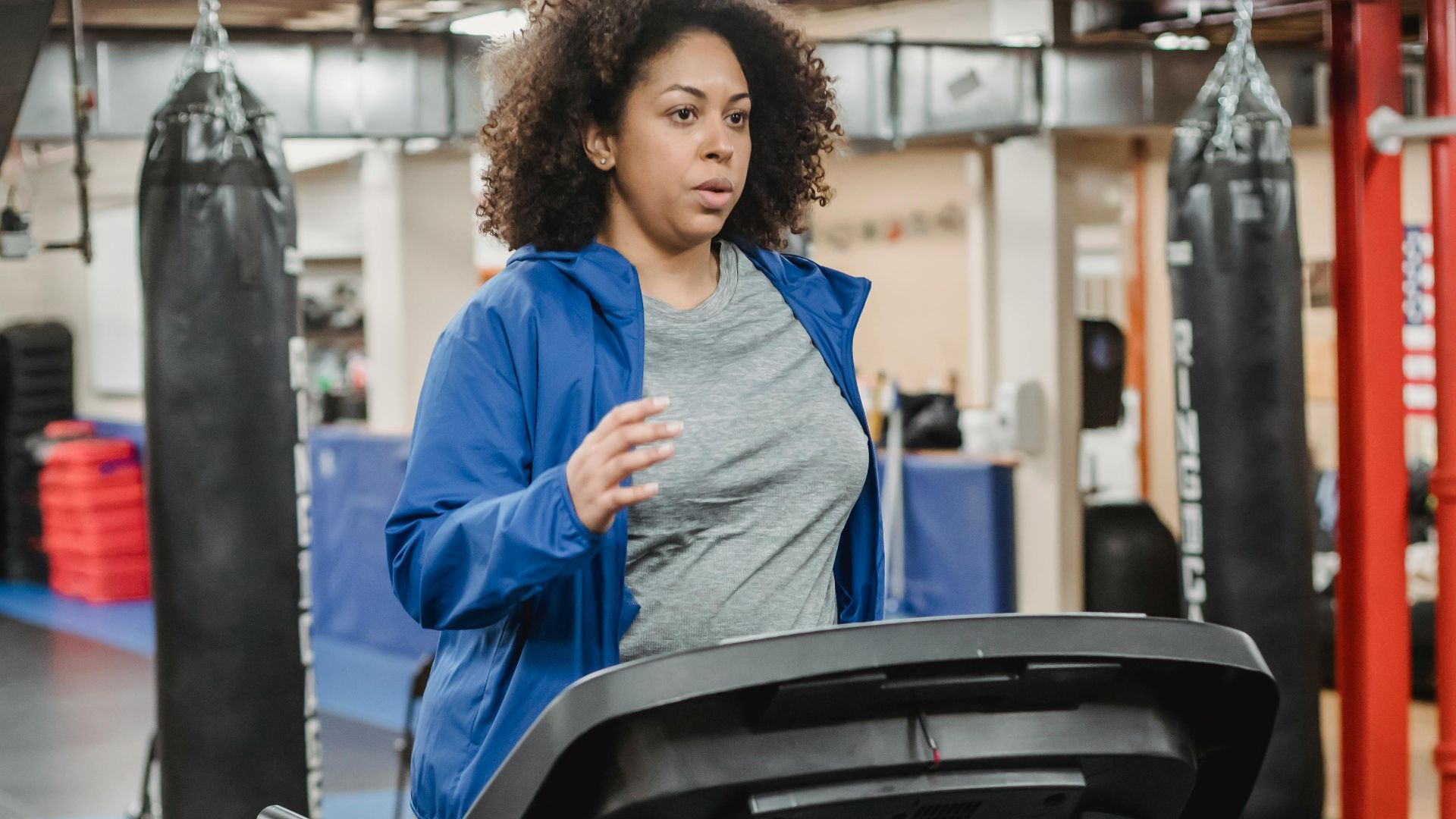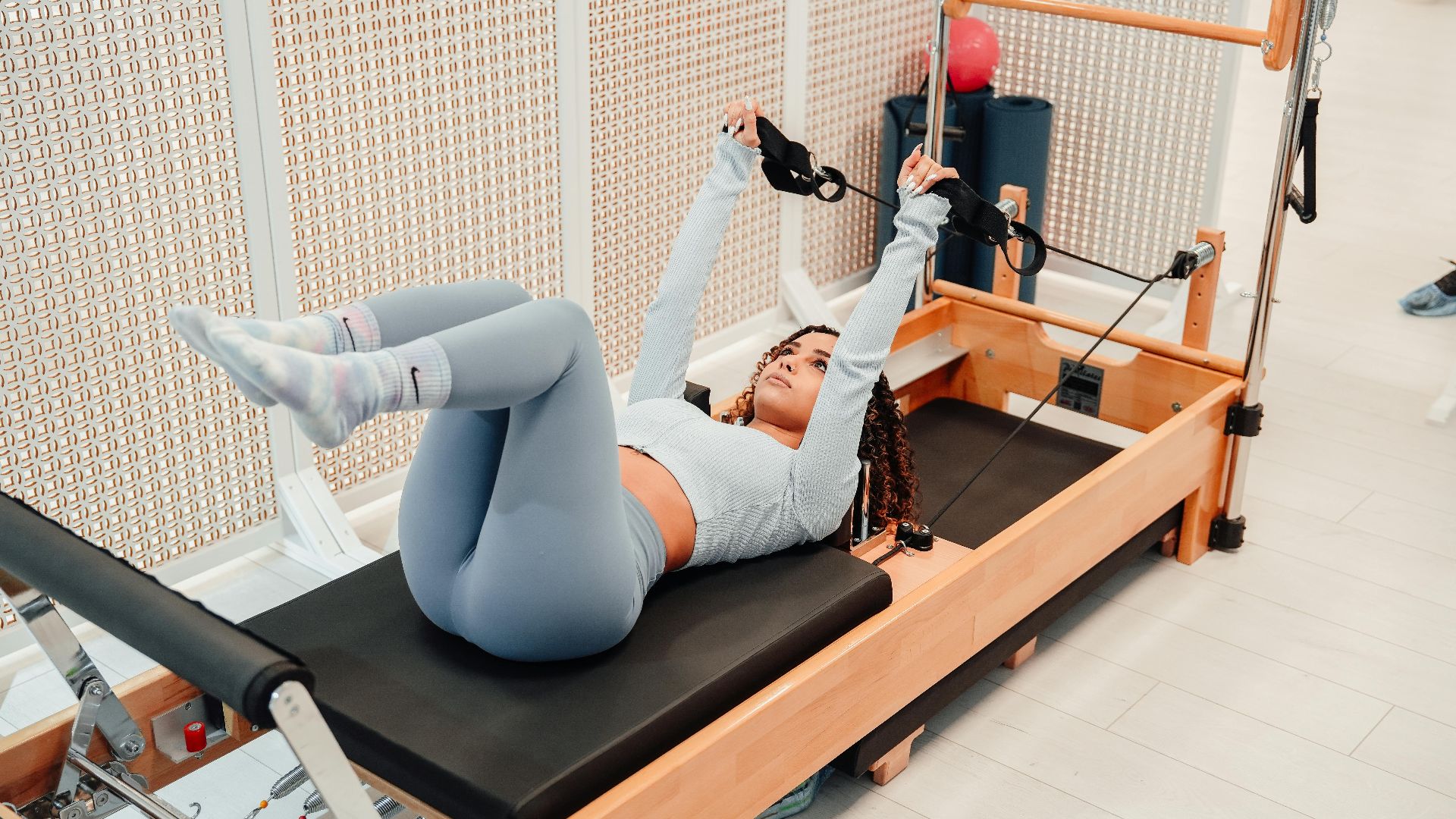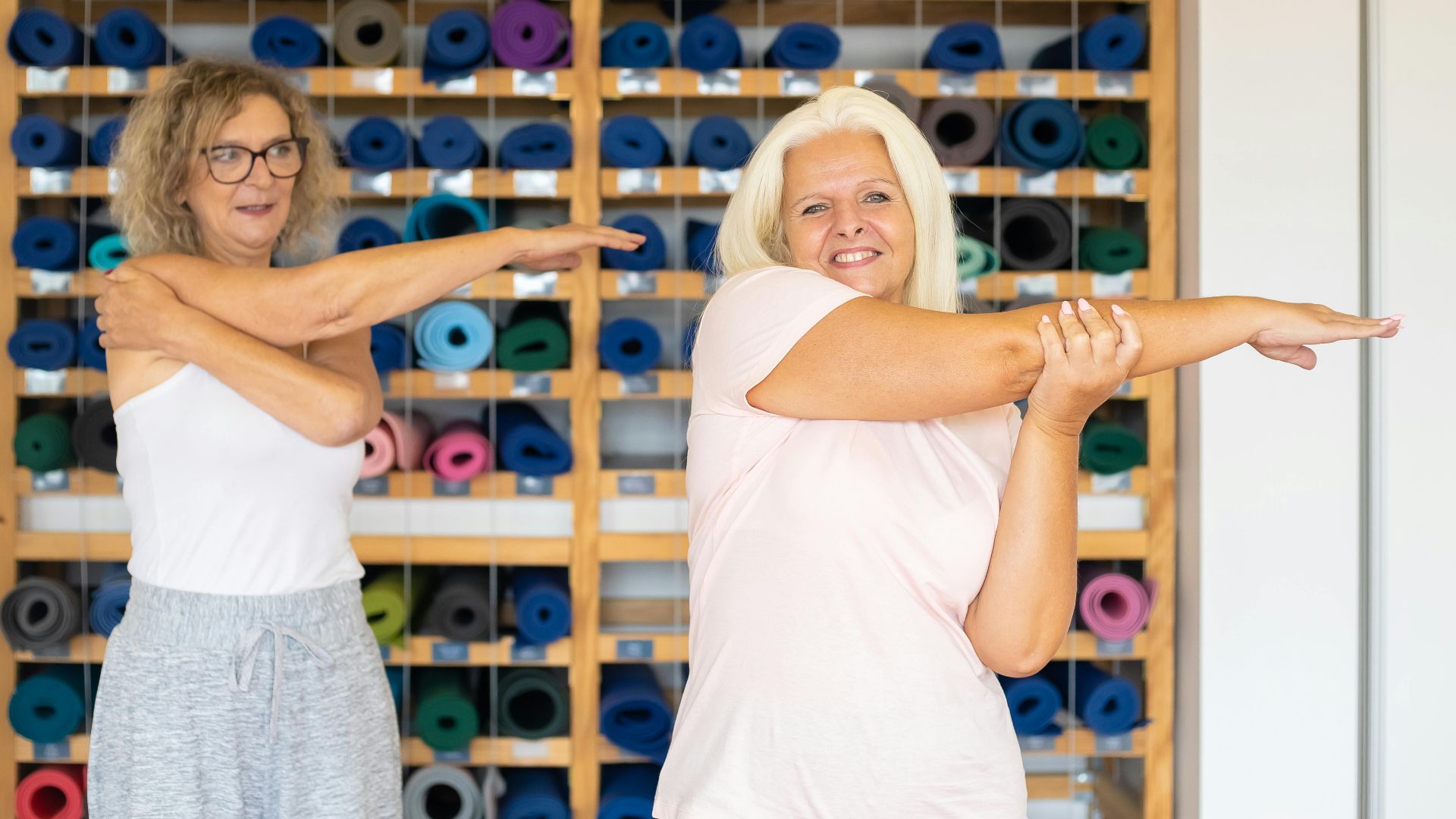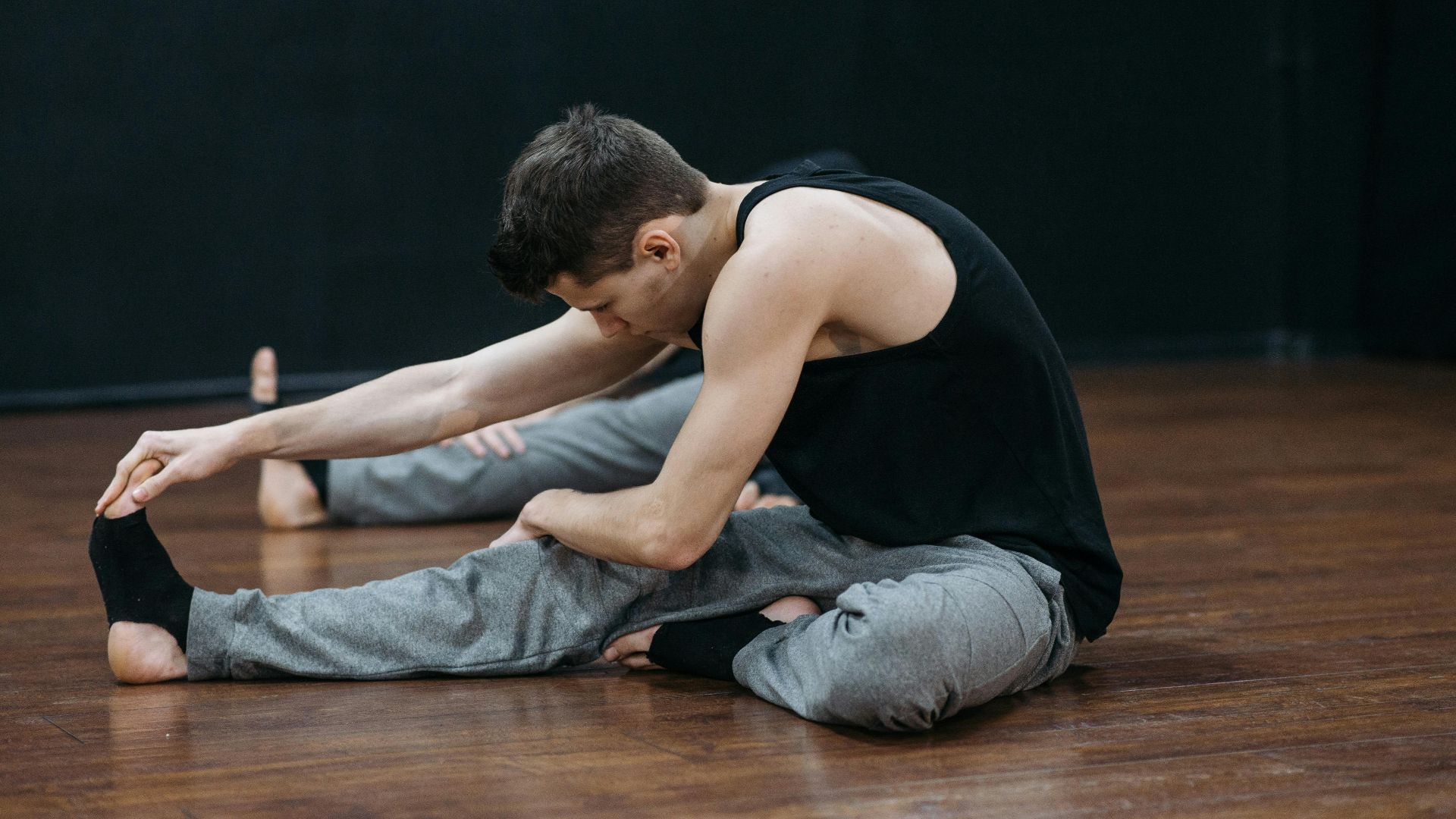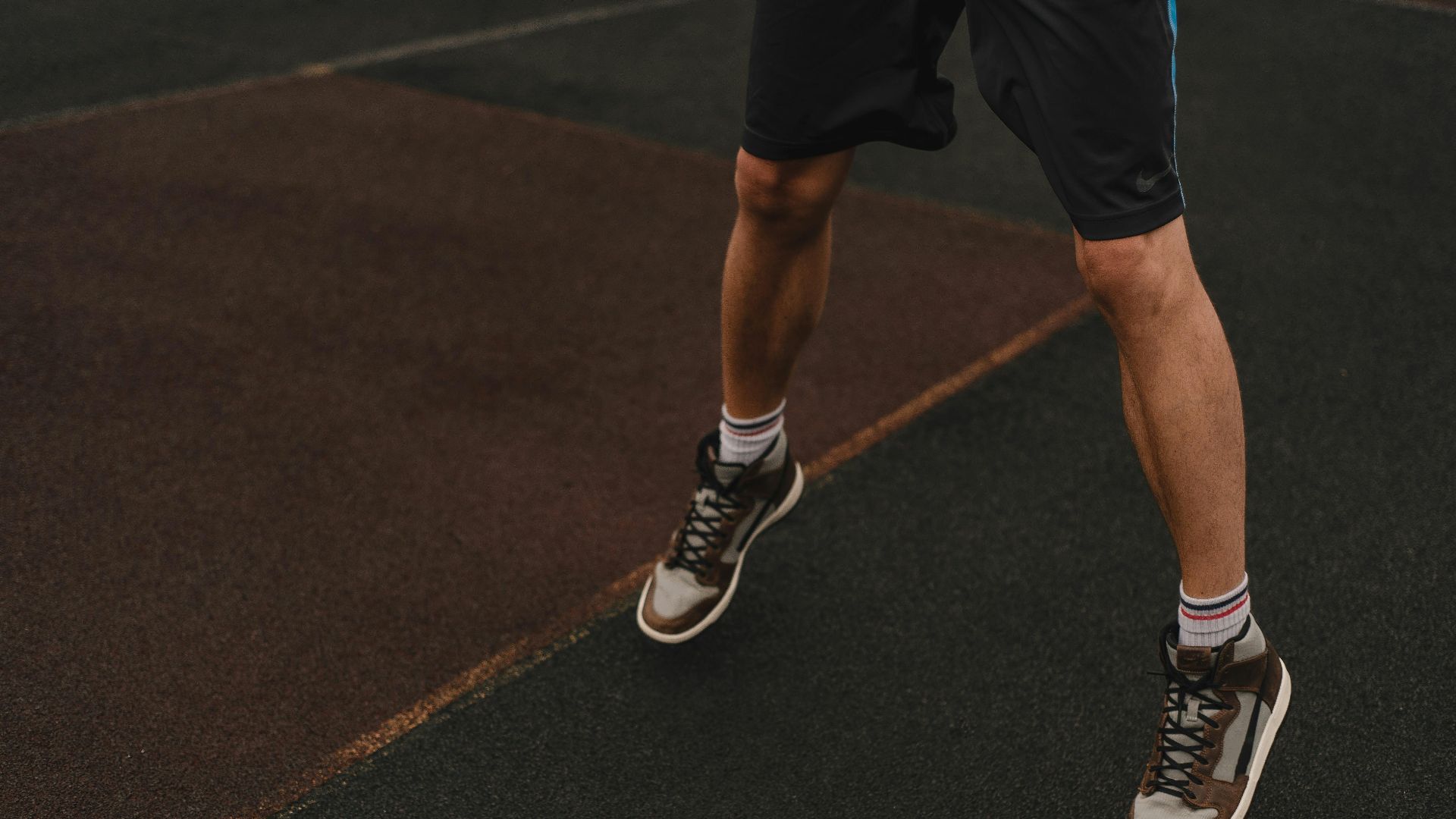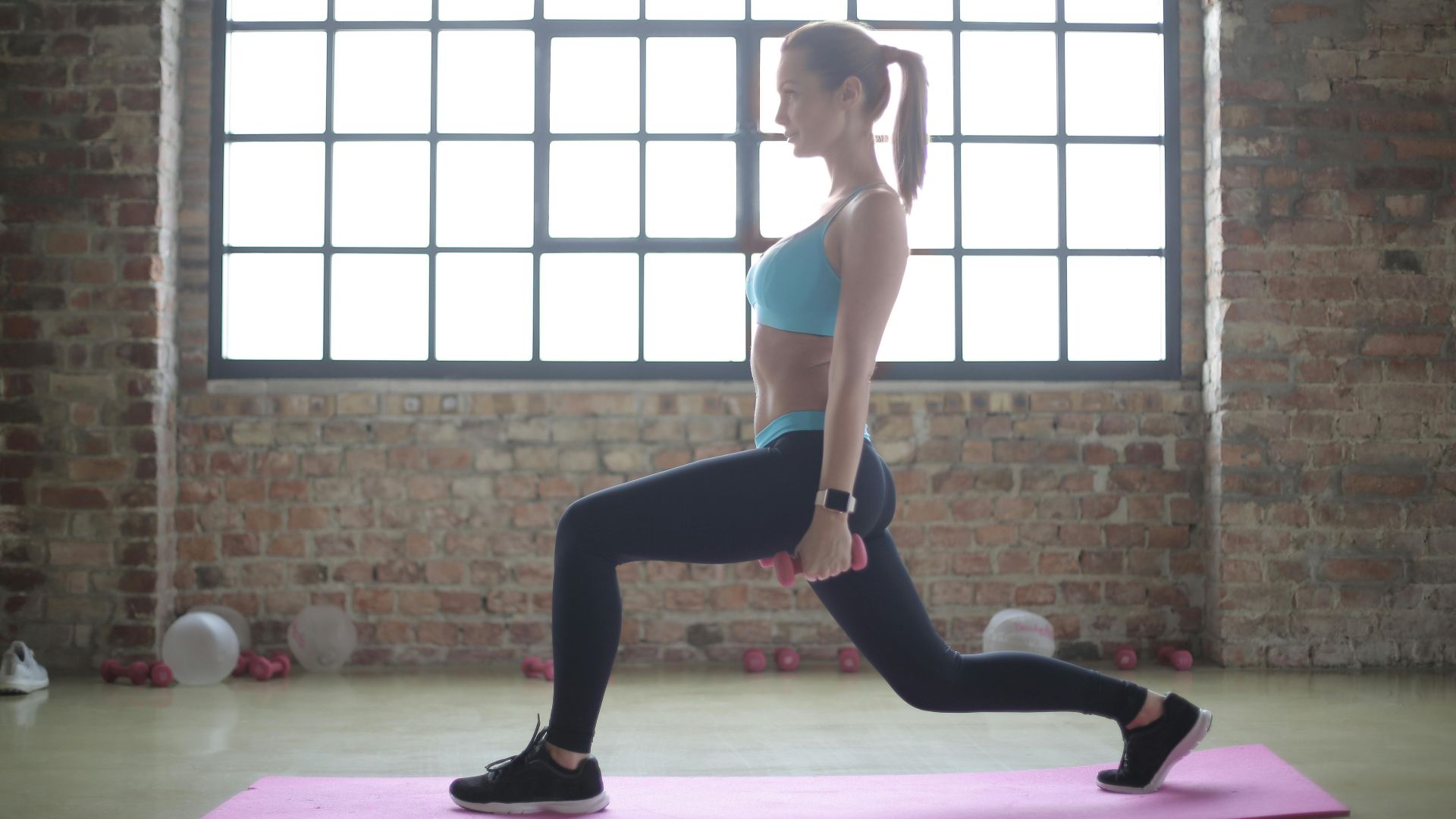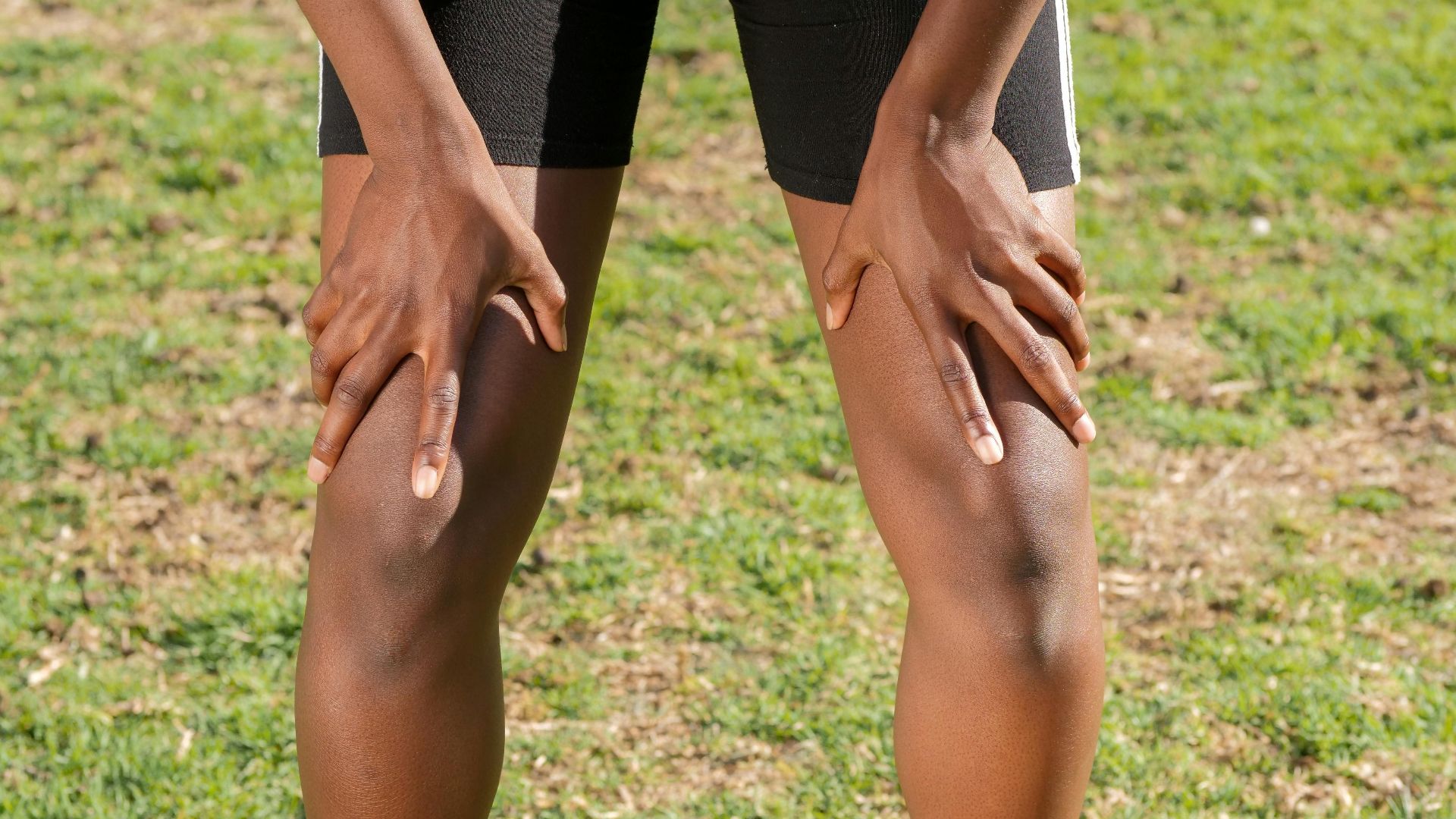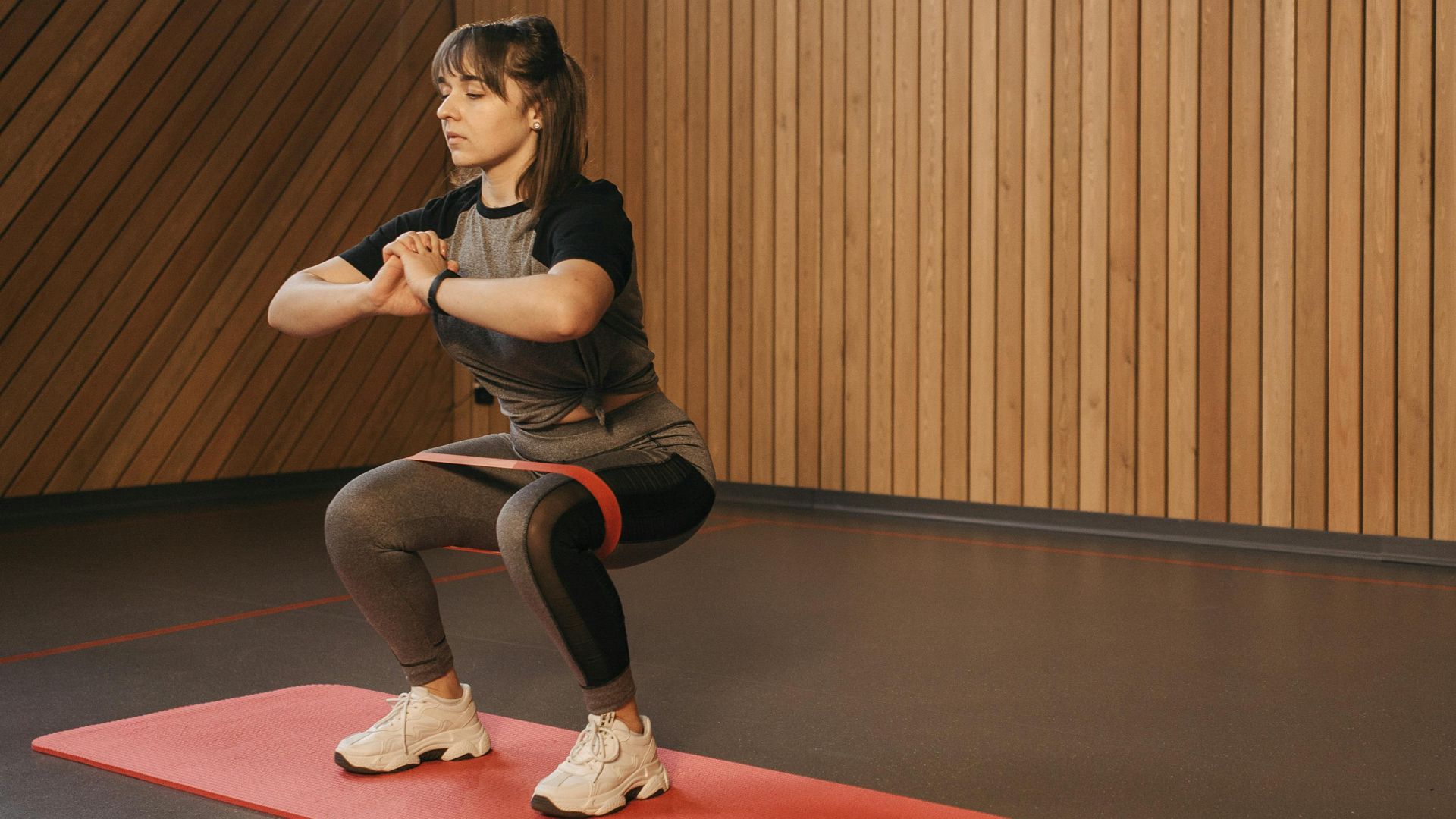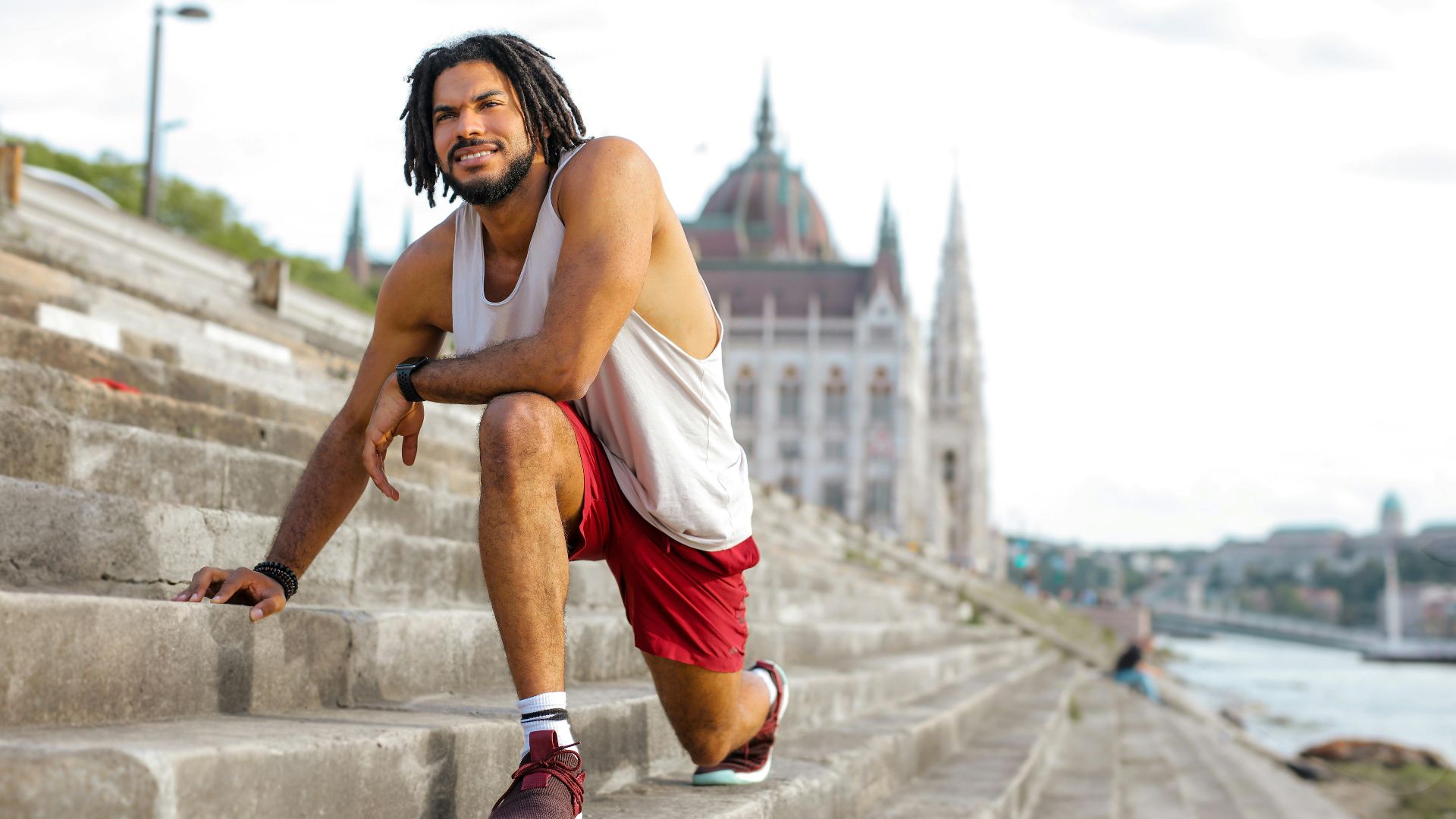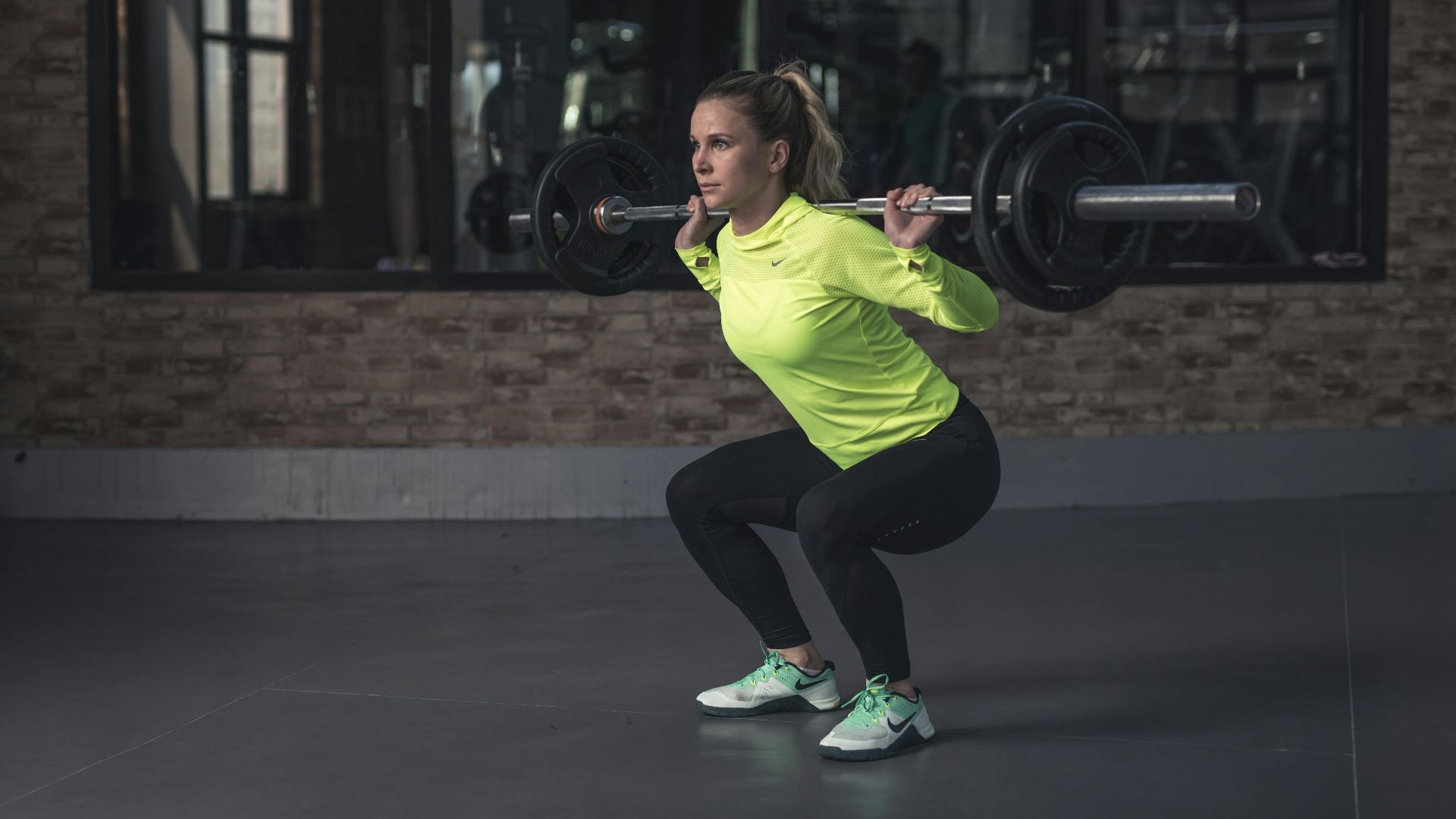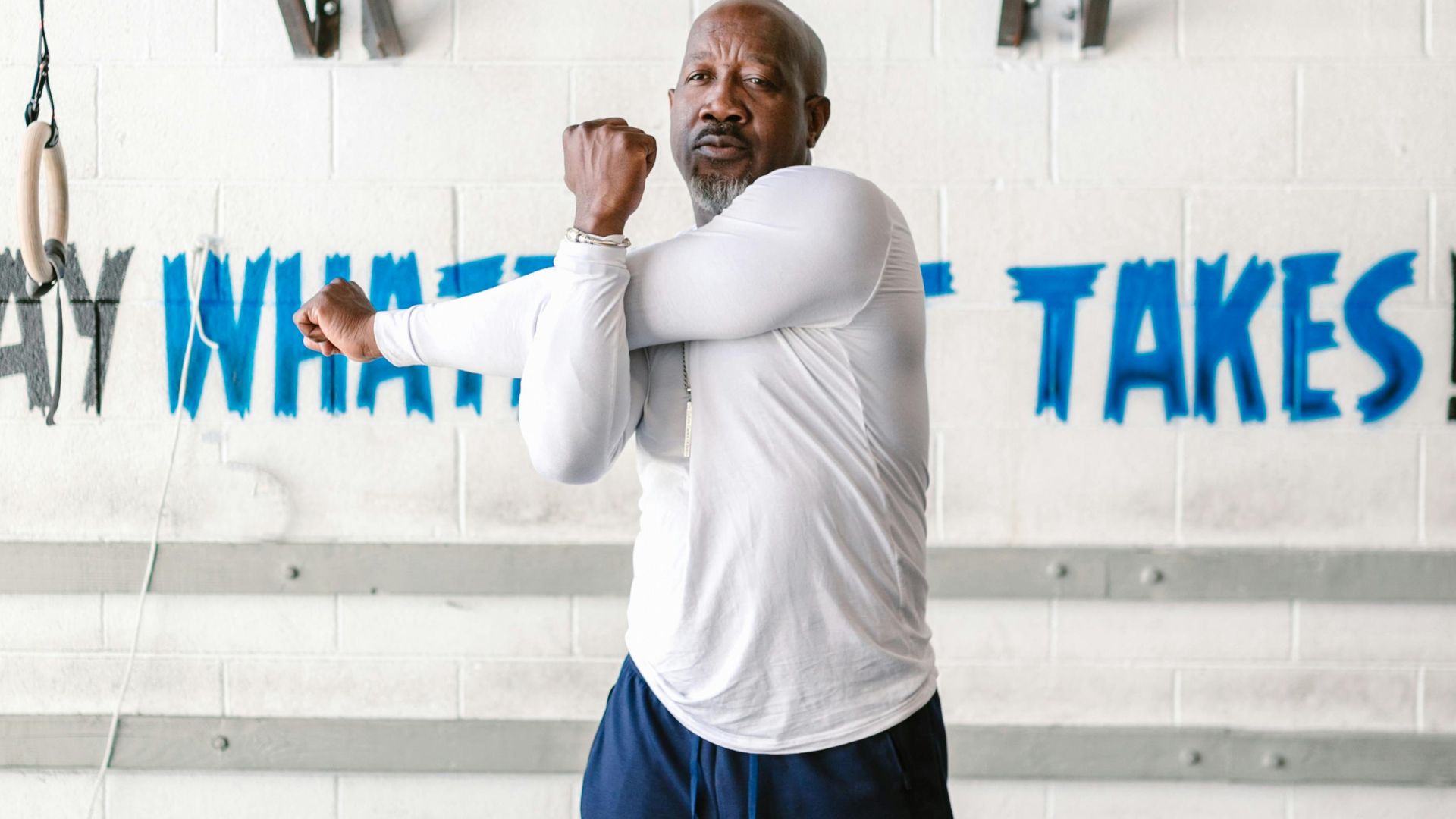Worth The Burn
That endless staircase going nowhere actually takes your fitness somewhere remarkable. The StairMaster doesn't get the glamorous reputation of other gym equipment, but it delivers results that speak louder than any flashy marketing campaign. Your entire lower body gets sculpted while your heart and lungs develop serious endurance. The catch? You need to know how to approach it right. Let’s start by looking at some proven health benefits.
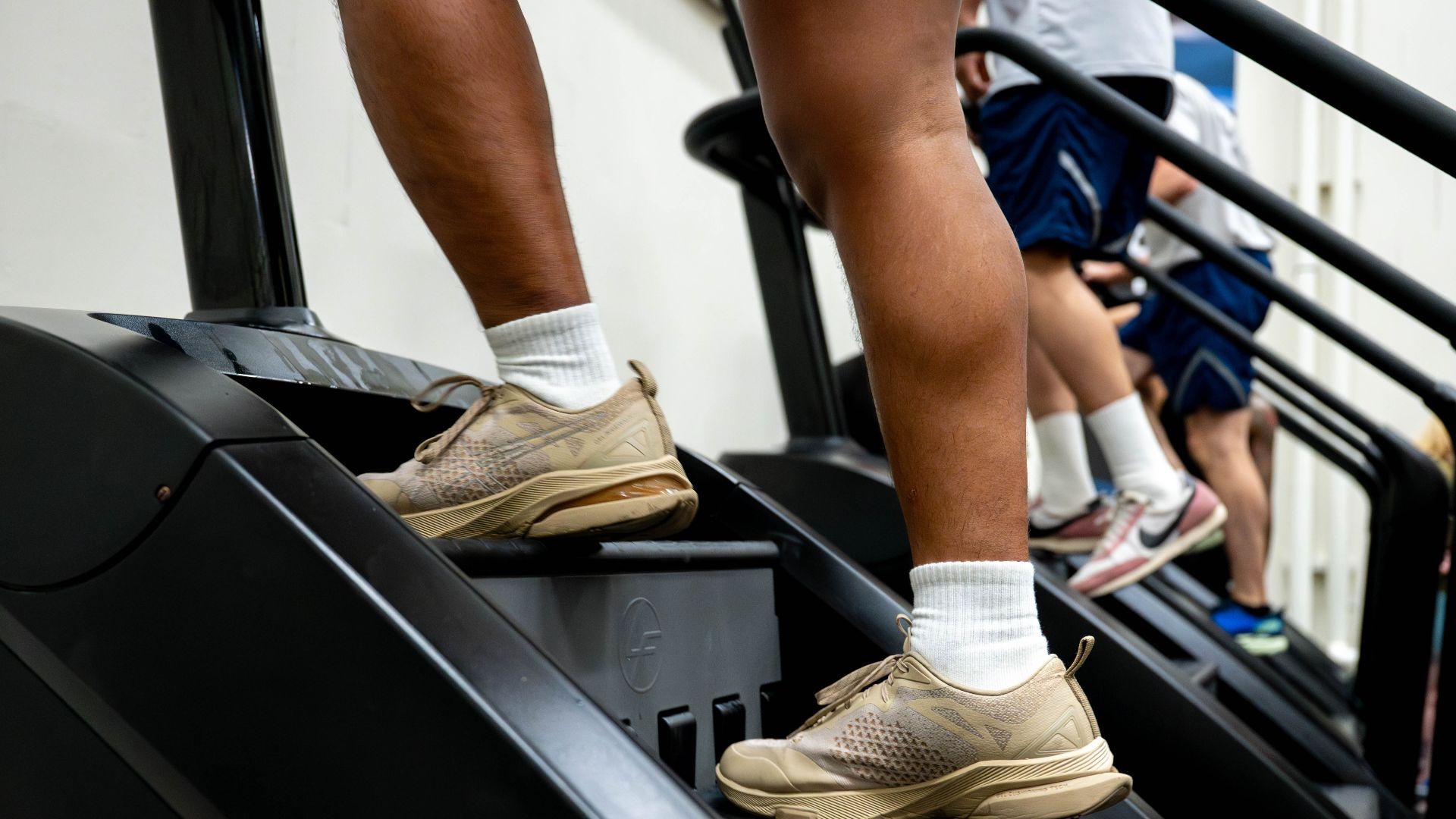 U.S. Air Force photo by Senior Airman Alexzandra Gracey on Wikimedia
U.S. Air Force photo by Senior Airman Alexzandra Gracey on Wikimedia
1. Strengthens The Heart And Lungs
Here's a compelling reason to embrace those steps: regular stair climbing can reduce your risk of cardiovascular disease if you climb more than five flights a day. The magic happens through consistent cardiovascular conditioning—your lungs grow stronger and pull in more oxygen.
2. Aids In Efficient Calorie Burning
Imagine a 70kg person torching around 700–900 calories per hour at moderate to vigorous intensity. That's the kind of efficient calorie burning the StairMaster delivers, making it a serious time-saver for weight management goals.
3. Builds Core Muscle Strength
Every step requires your abdominal muscles to fire continuously, engaging your core throughout the entire workout without a single crunch. The payoff extends far beyond aesthetics as stronger core muscles dramatically improve your posture and slash your risk of injury.
4. Increases Bone Density
Bone health typically flies under the radar until something goes wrong, but the machine offers a simple preventive strategy. Each step creates beneficial stress that signals your bones to lay down more tissue and become denser, essentially building a fortress.
5. Strengthens Quadriceps Muscles
The front of your thighs houses your largest muscle group—the quadriceps—and they're working overtime during every session. These powerhouse muscles handle knee extension and stability, movements you depend on throughout your day. Strong quads translate directly to better balance.
6. Strengthens Hamstrings
Tucked along the back of your thighs, your hamstrings often get neglected in typical workouts. The functional improvements ripple through your entire lower body, supporting everything from casual strolls to competitive sports as the hamstrings contract to extend your hip.
7. Strengthens Calf Muscles
Your calves never get a break on the StairMaster. They contract with every single heel lift, resulting in a continuous burn that builds impressive muscle tone over time. This repetitive engagement isn't just about aesthetics; strong calves are absolutely essential.
8. Strengthens Gluteal Muscles
Your body's largest muscle—the gluteus maximus—meets its match on this machine, which targets it with remarkable efficiency. Each step engages not just the maximus but also the medius and minimus, building comprehensive glute development that builds both strength and shape.
9. Provides Low-Impact Knee Pain Relief
This gentler approach makes it ideal for people dealing with knee issues or recovering from joint injuries, allowing them to maintain fitness without aggravating existing problems. The strengthening effect tends to build up the muscles around your knee.
10. Enhances Mood Through Endorphin Release
Beyond the physical change, something remarkable happens in your brain during StairMaster workouts. A flood of endorphins gives rise to what runners call a "high." These natural chemicals relieve stress and spark an authentic sense of well-being.
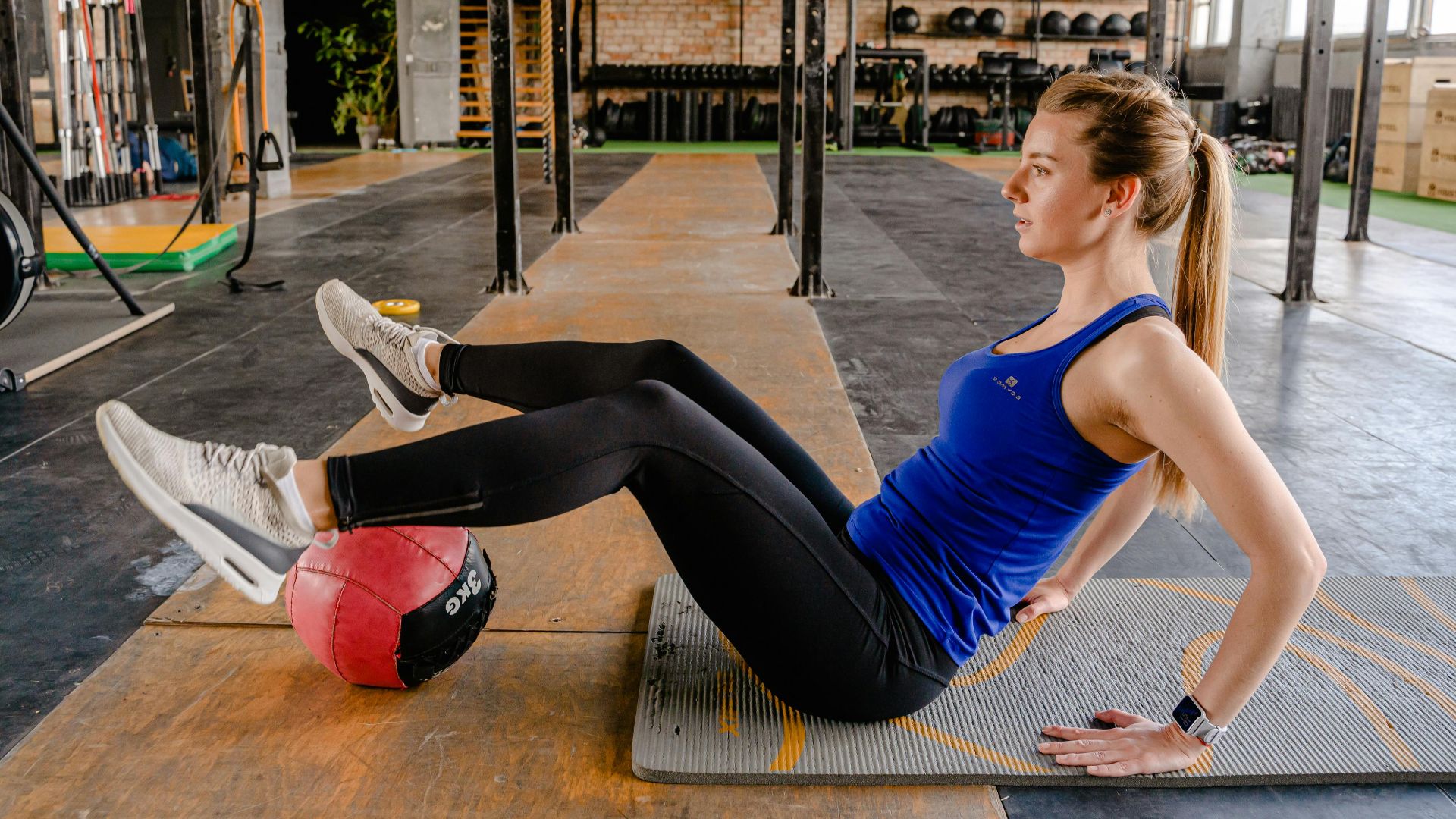 Antoni Shkraba Studio on Pexels
Antoni Shkraba Studio on Pexels
Here's how to make it manageable.
1. Start At A Low Speed
Beginning at levels 1 to 3 gives your muscles time to adapt to the unique motion while significantly reducing your injury risk. This gradual warm-up isn't about being cautious; it's about setting yourself up for longer, more effective sessions.
2. Increase Duration Incrementally
You'll want to jump straight into marathon sessions, but resist that urge—begin with just 5 to 10 minutes and build from there. Gradual increases prevent the overwhelming fatigue that causes most people to quit early, helping you develop genuine stamina.
3. Ramp Up Speed After Warming Up
Those first five minutes at a comfortable pace prepare your body for the real work ahead. Once you're warmed up, gradually increase the speed using the machine's controls to boost cardiovascular benefits and torch more calories.
4. Release The Handrails When Balanced
Relying on those rails reduces the load on your legs and core, essentially letting the machine do work your muscles should be handling. Only attempt this when you feel entirely confident, after all, safety always comes first.
5. Maintain An Upright Torso
Leaning forward might feel easier, but it's stealing gains from your glutes and hamstrings while putting unnecessary strain on your back. Keep your shoulders back and torso upright to ensure proper form and maximize muscle activation.
6. Look Straight Ahead
Your gaze controls more than you realize—looking forward naturally maintains balance and keeps your spine properly aligned throughout the entire workout. Occasionally glancing down as you adjust to the motion is perfectly fine, but forward focus should be your default.
7. Step With Your Full Foot
Placing your whole foot on each step, not just your toes, maximizes range of motion and fires up significantly more muscle fibers. Toe-only stepping overworks your calves and hamstrings while shortchanging your glutes and quads, creating imbalance and increasing fatigue.
8. Try Double-Step Climbing
Want to break through a plateau? Skip a step and watch the intensity skyrocket as your range of motion expands dramatically. Double-step climbing targets deeper muscle fibers in your glutes and upper thighs, challenging your body in entirely new ways.
9. Aim For A Moderate RPE
Rate of Perceived Exertion is subjective, meaning your "moderate" might feel completely different from someone else's, and that's perfectly fine. Monitoring RPE helps you work hard enough to see results without overexerting yourself to the point of exhaustion or injury.
10. Select A Consistent Pace
Maintaining a steady rhythm helps you avoid early burnout and sustain your workout far longer than sporadic intensity spikes would allow. A consistent pace makes it easier to track improvements in endurance and performance over time, giving you concrete progress markers.
KEEP ON READING

20 Natural Ways You Can Boost Your Immune System

20 Ways To De-stress & Relax After Work

The 10 Most Common Diseases & The 10 Most Rare




